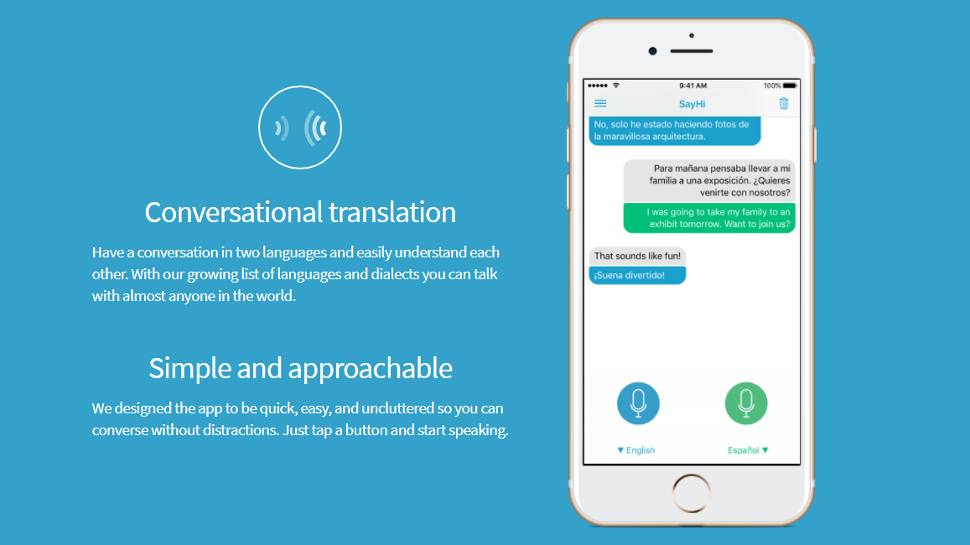
See TMEP §809.01(b) regarding the limited exceptions to the requirement to provide a translation of foreign wording in the mark.With a SYSTRAN product you can understand and communicate in 52+ languages.
#TRANSLITERATION SOFTWARES PLUS#
See TMEP §819.01(m) for further information on translation and transliteration statements in TEAS Plus applications. If the applicant does not meet these requirements, the applicant must pay a processing fee per class to have the application examined as a regular TEAS application. If the mark includes non-Latin characters, the application must include a transliteration of those characters. In a TEAS Plus application, if the mark includes non-English wording, the initial application must include an English translation of that wording.

#TRANSLITERATION SOFTWARES REGISTRATION#
See TMEP §809.03 regarding the printing of the translation/transliteration statement in the Official Gazette and on the registration certificate. When an application or certificate of registration includes a translation, both the non-English wording and the English translation will appear in the records of the USPTO. If an application for a mark comprising non-English wording or non-Latin characters does not include an accurate translation and/or transliteration, the examining attorney must require the applicant to submit a statement of translation/transliteration. The non-Latin characters in the mark transliterate to Weidamei and this has no meaning in a foreign language. The non-Latin characters in the mark transliterate to Asahi and this means "Rising Sun" in English. Examples of statements translating and transliterating a word in non-Latin characters are as follows: A transliteration is the phonetic spelling, in corresponding Latin characters, of the word(s) in the mark that are in non-Latin characters. Similarly, an application for a mark that comprises non-Latin characters must include a transliteration of those characters, and either an English translation or a statement that this portion of the mark has no meaning in English. See TMEP §809.01 regarding the procedure for examining applications for marks with non-English wording that do not include an accurate translation. Thus, if the mark is FELIZCITY, the commercial impression is that the mark is a play on the word "felicity" and no translation of the term "feliz" (which means "happy" in English) is required. If, however, the combination either suggests a single word or conveys a commercial impression other than a mark comprised of two separate words, no translation of the non-English portion should be required. In such a case, the application must include a translation of the French word GRINÇANT, which means "creaking" in English.


For example, if the mark is GRINÇANTCOMPUTERS, the commercial impression is that the mark is comprised of the words GRINÇANT and COMPUTERS.

This requirement also applies to compound word marks comprised of two or more distinct words (or words and syllables) that are represented as one word, in which one or more of the words in the mark appears to be non-English wording that would clearly be perceived as a distinct word(s) within the compound. 809 Translation and Transliteration of Non-English Wording in MarkĪn application to register a mark that includes non-English wording must include an English translation of that wording.


 0 kommentar(er)
0 kommentar(er)
